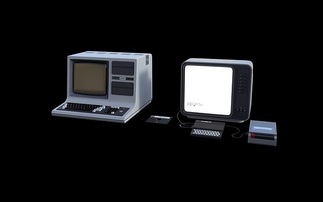Frontline has improved its inventory visibility and order fulfilment by implementing Sterling Order Management
Magazine distribution firm Frontline has improved its inventory visibility and order fulfilment throughout its network of 40 warehouses and distribution outlets by implementing a new order manageme...
To continue reading this article...
Join Computing
- Unlimited access to real-time news, analysis and opinion from the technology industry
- Receive important and breaking news in our daily newsletter
- Be the first to hear about our events and awards programmes
- Join live member only interviews with IT leaders at the ‘IT Lounge’; your chance to ask your burning tech questions and have them answered
- Access to the Computing Delta hub providing market intelligence and research
- Receive our members-only newsletter with exclusive opinion pieces from senior IT Leaders





















